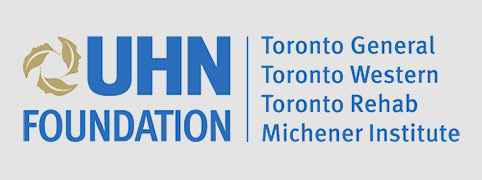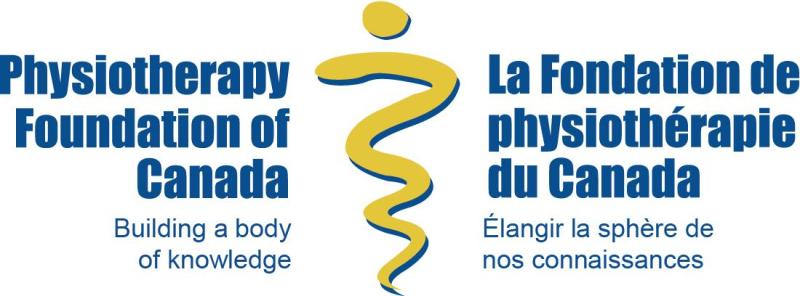Quick look:
√ There are different professionals who may be part of the healthcare team to help manage the person living with a pressure injury.
√ Every member of the pressure injury team has an important role to help prevent pressure injuries and to help current pressure injuries heal.
√ The person living with a pressure injury is the most important person in the team.
It can be very confusing when caring for someone at home as there are many professionals who may visit and check up on your loved one. Since it takes a team to manage someone with a pressure injury, in this section we will talk about each of the professionals you may interact with and what each of them do.
A wound care nurse is a nurse who has extra training in managing someone with a wound. They work with the rest of the health care team to help develop a treatment plan for the person who has pressure injury. A wound care nurse may be one of the first people that are called upon when a family member finds out their loved one has a wound. The frequency in which a wound care nurse will visit someone with a pressure injury will depend on how often wound dressings need to be changed and how serious the pressure injury is.
Here is what wound care nurses do to help someone living with a pressure injury:
- Clean the person’s pressure injury
- May use sharp instruments to cut out dead tissue (debridement)
- Apply a dressing to the pressure injury
- May provide education to family members on how to clean the pressure injury and apply dressings
- May provide specific treatments to help the pressure injury heal such as applying antibiotic ointment, topical oxygen, electrical stimulation and ultraviolet radiation
- May also assist the person to undergo hyperbaric oxygen treatment, a special type of treatment to provide the wound with lots of oxygen
- Help create a schedule for the family member to help with repositioning the person who is living with a pressure injury
- May measure the pressure injury each time they do a dressing change
Personal Support Workers offer support to the individual who is at home or in the hospital. Sometimes, they work in the community accompanying someone who requires help (e.g. during a doctor’s appointment). Sometimes they may be hired to work with the person requiring care while the person is in the hospital. It is important to note that a personal support worker is not the same as a Personal Attendant. A Personal Attendant provides every day supports to individuals with physical disabilities. The Personal Attendant is hired by the person with a physical disability and directs the Personal Attendant on what to do.
Here is what personal support workers do to help someone living with a pressure injury:
- Help the individual maintain dignity
- Help with personal appearance, promote independence, provide social, emotional and physical support, and ensure comfort and safety of the person they are caring for
- May help the individual get dressed, move into and out of the bed, move around their environment, bathe, feed, prepare meals, assist with toileting activities and help with grooming
- May assist with running errands
- May help the person be repositioned if he/she has been in the same position for too long
- May help the person be rolled onto his/her side or back
- May apply dressings that may help with healing the wound or protecting the skin from skin breakdown
- May assist with cleaning the wound
The family doctor is responsible for the overall management of the person living with a pressure injury. Family doctors will prescribe medication and prescribe the best dressings for the wound.
Here is what family doctors do to help someone living with a pressure injury:
- May refer the person with a pressure injury to specialists or programs if needed
- May make referrals for home care
- May assist in the completion of forms for different programs (e.g. transportation programs, disability pension eligibility forms)
- May tell the home care agency about which dressings to use and how often the dressings need to be changed
- May prescribe medication if needed for wound management
- If the person with a wound also has diabetes, the family doctor will help manage the person’s medication to help control blood sugar levels
- May help with debriding (cutting out dead tissue from the wound)
Occupational Therapists are healthcare professionals who find solutions in how to navigate daily activities (e.g. dressing, household tasks, going to work, participating in the community) with more ease.
Here is what Occupational Therapists do to help someone living with a pressure injury:
- Recommend a specific type of mattress or wheelchair cushion to help with pressure redistribution
- Look at how the individual lies in bed or sits in a wheelchair and what parts of the body are at risk of developing a pressure injury
- Recommend a specific type of mattress such as an air or foam mattress or a wheelchair cushion
- Recommend offloading devices such as pillows or booties to help take the pressure off certain parts of the body
- Provide suggestions as to how to protect the skin while your family member is engaging in their daily activities
- Determine what your loved one’s risk of developing another pressure injury is in the future and develop a plan to prevent another pressure injury from occurring
Physiotherapists (also referred to as Physical Therapists) are healthcare professionals who work in a variety of settings to help an individual who is experiencing difficulties with movement and overall function. They help the individual’s overall health by improving physical limitations, prevent any complications because of illness or injury, improve the individual’s independence as much as possible and provide education about the individual’s problem.
Here is what Physical Therapist do to help manage someone with a pressure injury:
- Provide suggestions on how to take the pressure off of areas that are at high risk of skin breakdown
- Advise on the best positions for the person who is at a high risk of developing a pressure injury
- Recommend specific exercises to help promote offloading of tissues
- May use modalities to help treat infections and the tissue grow that will help the wound close. Treatments including electrical stimulation, ultraviolet radiation, ultrasound and laser.
- Determine the risk an individual is at in developing a pressure injury by completing the “Braden Scale for Pressure Injury”
- Provide recommendations for how to best manage the pressure injury based on what the Braden Scale score is
Pharmacists provide medications that are prescribed by a physician, or they may recommend medications that can be purchased without a prescription.
Here is what pharmacists do for someone living with a pressure injury:
- Provide education to individuals living with wounds or their caregivers
- Suggest that the person with a wound consult with a specialist if they see that the wound needs to receive proper medical attention
- Observe the wound and see if it looks infected and suggest what over the counter medication may be needed or if the person should speak with their family doctor
- Provide information to the person with a wound or their caregiver about the different medications that the person is taking and what each of the medications are for
- Provide information as to which time of day a specific medication should be taken to make sure that the medication is working the best possible way
A nutritionist is someone who understands how food that we eat can affect our own health. Nutritionists often work in hospitals or in the community. They can help plan meals for individuals, keep track of what is eaten, and provide suggestions on the best types of food to eat depending on the medical condition. Sometimes nutritionists may educate the individual on the different types of foods and make suggestions on healthy eating habits.
Here is what Nutritionists/Dietician do for someone that is living with a pressure injury:
- Help adapt a person’s diet based on the person’s food preference, tastes and needs of the person
- Help the person who is living with a pressure injury by recommendingthe right types of foods, vitamins and minerals that an individual needs to help their pressure injury heal
- Recommend the individual to eat more protein for example that will help build up tissue
- Recommend how much fluid the individual should be drinking to help with pressure injury healing
There are different companies that provide special equipment for pressure injury prevention and management. For example, companies sell or allow individuals to rent special mattresses and/or wheelchair cushions that are used to help prevent pressure injuries or help prevent pressure injuries from getting worse.
Sometimes vendors will work with the Occupational Therapist or Physical Therapist to determine what the best types of wheelchair cushions or mattresses are for the person living with a pressure injury.
Sometimes they may visit the person with a pressure injury while the Occupational Therapist or Physical Therapist is present.









